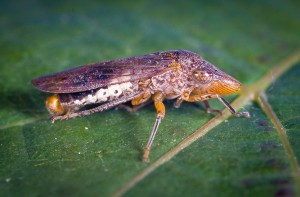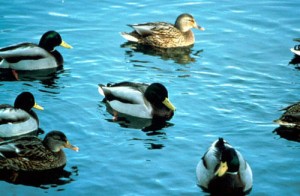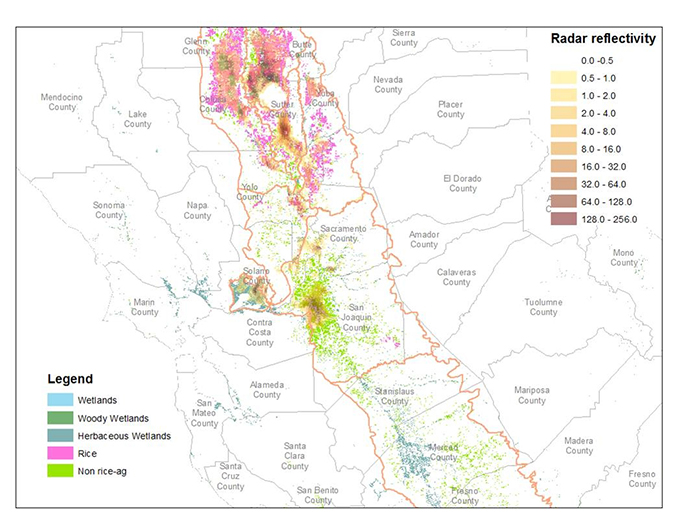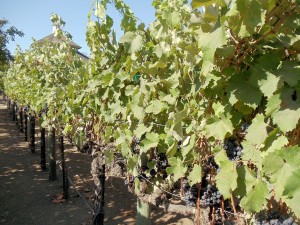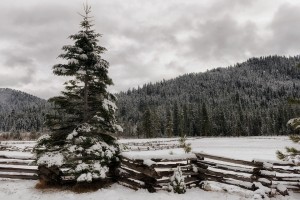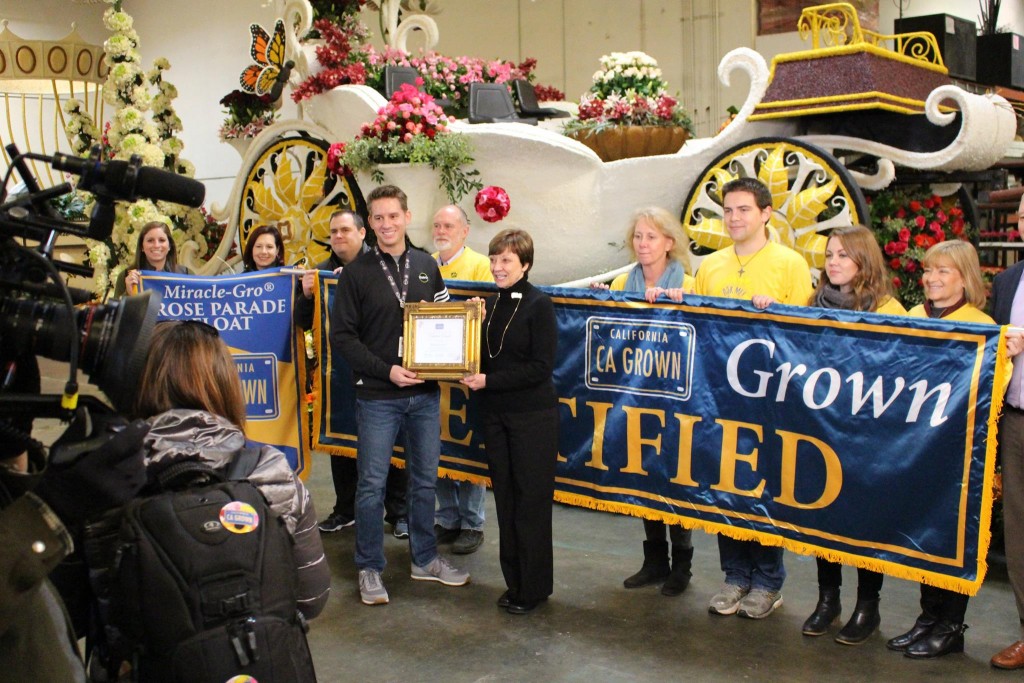SACRAMENTO, Calif. – A new report from several California agencies tracks the significant progress made in 2016 toward achievement of the California Water Action Plan – progress that builds the reliability and resiliency of our water resources.
The report released today highlights the achievements of 2016, the third year that state agencies have been coordinating efforts under the Water Action Plan. First released by the administration of Governor Edmund G. Brown Jr. in January 2014, the Water Action Plan is a five-year framework with 10 overarching goals designed to bring sustainability to California’s water resources and restoration to its most important ecosystems.
The plan’s major goals include making conservation a way of life, increasing regional self-reliance in water supplies, managing and preparing for dry periods, and providing safe water for all communities. The plan is the foundation for expenditures under Proposition 1, the $7.5 billion water bond passed overwhelmingly by California voters in November 2014.
The 2016 summary of accomplishments was prepared by the California Natural Resources Agency, California Environmental Protection Agency, and the California Department of Food and Agriculture.
“We built momentum in 2016 that we intend to maintain in 2017 and beyond,” said California Natural Resources Secretary John Laird. “United by the Water Action Plan goals and enabled by the Proposition 1 funds, we are making investments that will pay off for generations to come.”
California Agriculture Secretary Karen Ross said, ““This plan is critically important beyond the year-to-year fluctuations we experience in precipitation. Looking ahead, we know that we must work together to make every drop of water count in California.”
“The drought has highlighted the challenges California faces under climate change,” said CalEPA Secretary Matt Rodriquez. “The Water Action Plan serves as an invaluable guide to ensure that our short-term responses to the drought are also being translated into actions that make our water system more sustainable and resilient over the long term.”
Some of the 2016 achievements described in the California Water Action Plan Implementation Report – 2016 Summary of Accomplishments include:
- The investment of hundreds of millions of dollars of Proposition 1 funds in local projects that recycle water, improve farm irrigation water efficiency, capture stormwater, and otherwise stretch and safeguard supplies. These state bond dollars will leverage additional hundreds of millions of dollars of federal and local investment.
- Launch of dozens of habitat restoration projects around the state, including the largest tidal wetlands restoration project in the Sacramento-San Joaquin Delta.
- Support for the implementation of Klamath dam removal through bond funding and amendments to a key multi-party agreement.
- Creation of a five-agency framework for moving California beyond emergency, one-size-fits-all drought restrictions on water to permanent water-use efficiency standards in a way that accounts for local conditions and demographics.
- Implementation of regulations to carry out the historic Sustainable Groundwater Management Act of 2014, with counties, cities, and local water districts beginning to form the new agencies that will bring groundwater pumping and recharge into balance.
- Launch of a public process to update the water quality standards and flow requirements in the Sacramento-San Joaquin Delta to balance the needs of fish, farms, and cities. The State Water Resources Control Board began hearings this year to update 20-year-old Delta water quality standards.
For more information about the California Water Action Plan, visit http://resources.ca.gov/california_water_action_plan/.
Link to news release on California Resources Agency web page.




